The Ricoh GR is a compact camera with an APS-C sensor and 28mm (full-frame equivalent) f2.8 lens, released in 2013 by the Japanese manufacturer Ricoh. Despite the camera growing fairly long in the tooth at this point, it has achieved legendary status amongst street photographers, not just for its image quality, but also for its size, weight, and stealthy operation.
Rather confusingly, there are a number of different cameras from Ricoh with similar names, including the Ricoh GR Digital, (which is actually a lot older, and lower spec…) and the Ricoh GR ii (which is pretty much just the same camera with minor differences). Not only are the names similar, but they look fairly alike as well. The quickest way to tell the difference between the much earlier models when scouring eBay or the likes is in the megapixel count: 10 versus 16 in the later models.
As for which one is mine… you just need to look out for one that is all scratched and bashed up – testament to how much it’s been used. It’s just a shame digital cameras don’t ‘wear’ as nicely as film bodies do.
Ricoh GR v. Ricoh GR ii
The Ricoh GR ii was released a couple of years after the Ricoh GR, and they are essentially the same camera, with just a couple of exceptions. The main ones are that the mark ii has built in WiFi and NFC, as well as an increased RAW burst rate buffer of 10 (up from 4), and some extra JPEG picture effects. All of the key features that make the GR useful (such as snap focus and half-press autofocus) are present in both models. The differences are so minor that it doesn’t make any sense to upgrade from the original if you already have one. However, if you are buying for the first time, the price is about the same for both models, so you may as well opt for the mark ii. For what it’s worth, my experience is based on the Ricoh GR, not the Mark ii, though it should apply pretty evenly to both.
Sony RX100 v. Ricoh GR
The Ricoh GR is often spoken about in the same breath as the Sony RX100 – a camera that I like so much that I’ve previously written about how it was my favourite compact camera. Having used both, how do they stack up?
Ricoh GR:
- Ergonomics: The GR is thinner, longer, and lighter than the RX100. This seems a bit odd at first, but actually feels much more natural once you get used to it, especially for shooting one handed.
- Stealth: The GR has a bunch of features that make it especially good for stealthy photographs. For example, the display can be turned off completely, as well as the power button LED. This is great for situations where you want to take a picture without people behind you noticing exactly what is in the composition.
- Customisation: The GR has a number of different spaces for presets, and many of the buttons can be re-assigned to your liking (though unfortunately not White Balance, which is a bit annoying). To make things even better, the menu system is remarkably clear and straightforward – making far more sense than they usually do.
- Snap Focus: The most talked about feature of the GR allows you to set a pre-determined ‘snap focus’ distance, so that you can immediately take a picture at that point without waiting for auto focus. This is especially useful for street photography. What’s even better is that you can set things up so that a half-press will auto-focus, and a full press snaps to the distance you’ve set, so you have the best of both worlds.
- Better deleting: If you shoot with RAW and JPEG, you have the option to delete both at once, just the RAW, or just the JPEG – which is a neat feature that is often overlooked by other manufacturers.
RX100:
There are a few areas where the RX100 has the edge over the Ricoh GR.
- Aperture: The Ricoh GR ‘only’ has an f2.8 lens, which is still relatively fast, but at times I do find myself missing the f1.9 lens of the RX100. The RX100 almost definitely performs better in low light than the GR.
- Zoom: The RX100 has an optical zoom, whereas the Ricoh GR does not. I happen to prefer the fixed length on the GR, but the zoom can come in handy at times.
- Shutter Sound: The physical shutter sound of the RX100 is ever so slightly quieter than the Ricoh GR. There isn’t a huge difference – and both are relatively quiet – but it’s definitely there.
- Black and white: I know this is subjective, but to my eye the black and white JPEGs from the RX100 require far less processing than those from the Ricoh GR. Sony have that area nailed down.
- Screen: The RX100’s screen is larger and seemingly brighter than the Ricoh GR.
- USB Connection: The Sony RX100 uses a common physical USB connection to charge, whereas the Ricoh GR’s is non-standard. It’s not impossible to find replacements, but it isn’t easy to do so in person, which is a pain for travelling.
I should note that I tended to shoot black and white all the time with the RX100, as the in-camera processing was just so good… and thus rarely shot in colour. With the GR, it’s much easier to switch between modes on the fly, and the black and white isn’t quite as good right out of the camera, so your approach changes a bit as a result.
Conclusion
Both the Ricoh GR and the Sony RX100 are brilliant compact cameras – though if you shoot more candid street photos, the GR has the edge.
My experience
The Ricoh GR has pretty much replaced the Sony RX100 as my travel camera, and considering how much I loved the RX100, that should speak volumes in of itself.
The things I most love about the GR are its size, relative innocuous looks, and of course the image quality. The camera is small and lightweight enough to have round your wrist whilst walking about, or slid into a jean pocket. I’ve kept it in my sporran at weddings, and taken it out and about to places that I wouldn’t normally feel comfortable carrying a camera… as well as times where I just can’t be arsed with something bulkier. No matter how much I love taking pictures, sometimes you want to feel free from the constant weight of a strap on your shoulders, and the GR lets you have the best of both worlds.
One thing I do struggle with at times is just how wide the lens is – though that is probably more my issue than the camera’s. The fixed focal length means you need to get in far closer than you might feel comfortable with for candid shots, though a surprising benefit of this is that often people don’t realise that they are actually in the frame.
Overall, I am always surprised at just how good the pictures I get out of the Ricoh are, and part of that is down to how easy it is to grab it and shoot without being noticed. It’s also great for places like gigs where you’re not meant to be taking pictures, since nobody really takes it seriously. I like mine so much that I stumped up for the costly repair fees after some chump spilled a whole pint of beer over it at a wedding.
Oh, and the macro function is pretty sweet too.
The one big down side that I have experienced in practice is that the Ricoh isn’t all that great in low light, so when dusk comes, I end up reaching for my Leica.
Things to watch out for
As ever, there are some things to be aware of if you are considering the Ricoh GR:
- Model: As mentioned already, be careful that you don’t end up buying one of the older Ricoh GR Digitals, as these are entirely different cameras, but visually very similar.
- Feature restrictions in continuous mode: This isn’t especially obvious, but certain features of the camera do not work when you shoot in either burst or exposure bracketing mode. For example, the built in flash is disabled without much explanation or notification on screen. As a result, if something isn’t working as expected, it’s worth checking online to see if it’s actually by ‘design’.
- No weather sealing: The Ricoh GR is not weather sealed, so if you live in a wet place, that’s something to consider. Unfortunately as I mentioned, my GR fell victim to a rather large splash from a drink at a wedding and had to go through a costly repair, so it’s not just a theoretical concern.
- Dust issue: There have been reports from lots of Ricoh GR users that the camera has an issue with collecting dust on the sensor – probably as a result of the lack of appropriate sealing mentioned above. This is obviously not great for a fixed lens body as it can’t easily be cleaned without disassembling the whole thing. You can apparently help mitigate this by getting an accessory which holds a UV filter, but that makes the profile of the camera much bigger than is desirable. I have noticed a spot or two on mine which is annoying. To be honest though, just the knowledge that it might be an issue is enough to make me more wary using the Ricoh in certain situations than I might otherwise be.
- Burst mode speed: The time between shots when shooting RAW is extremely short. So much so that there almost isn’t enough time to capture anything different. The ability to control this more granularly would be good. Shooting JPEG increases the time in between shots, but bizarrely, if you shoot RAW and JPEG simultaneously, the speed is the same as if you were just shooting RAWs. This is one thing that may be different in the mark ii with its larger buffer, but I can’t confirm.
- Global settings: Some of the Ricoh’s settings are global, and are not tied to any particular preset. This can be annoying, for example, as it means you can’t set things up to easily switch between modes that have the autofocus assist light enabled or disabled. I don’t really understand why this is the case.
- Battery Life: The battery life really isn’t that great for a compact camera – at least not with the model I have anyway. Luckily replacements are cheap and pretty tiny, so you can easily carry a few about – but it’s something I’d rather avoid if I can.
Price and availability
The Ricoh GR obviously isn’t rare in any sense of the word. However, given its age, it isn’t necessarily readily available brand new. There are plenty kicking about on the second hand market though, and you should expect to pay in the region of £350-500. This might seem pricey – especially for a camera that was released in 2013 – but it’s actually not all that bad considering its capabilities.




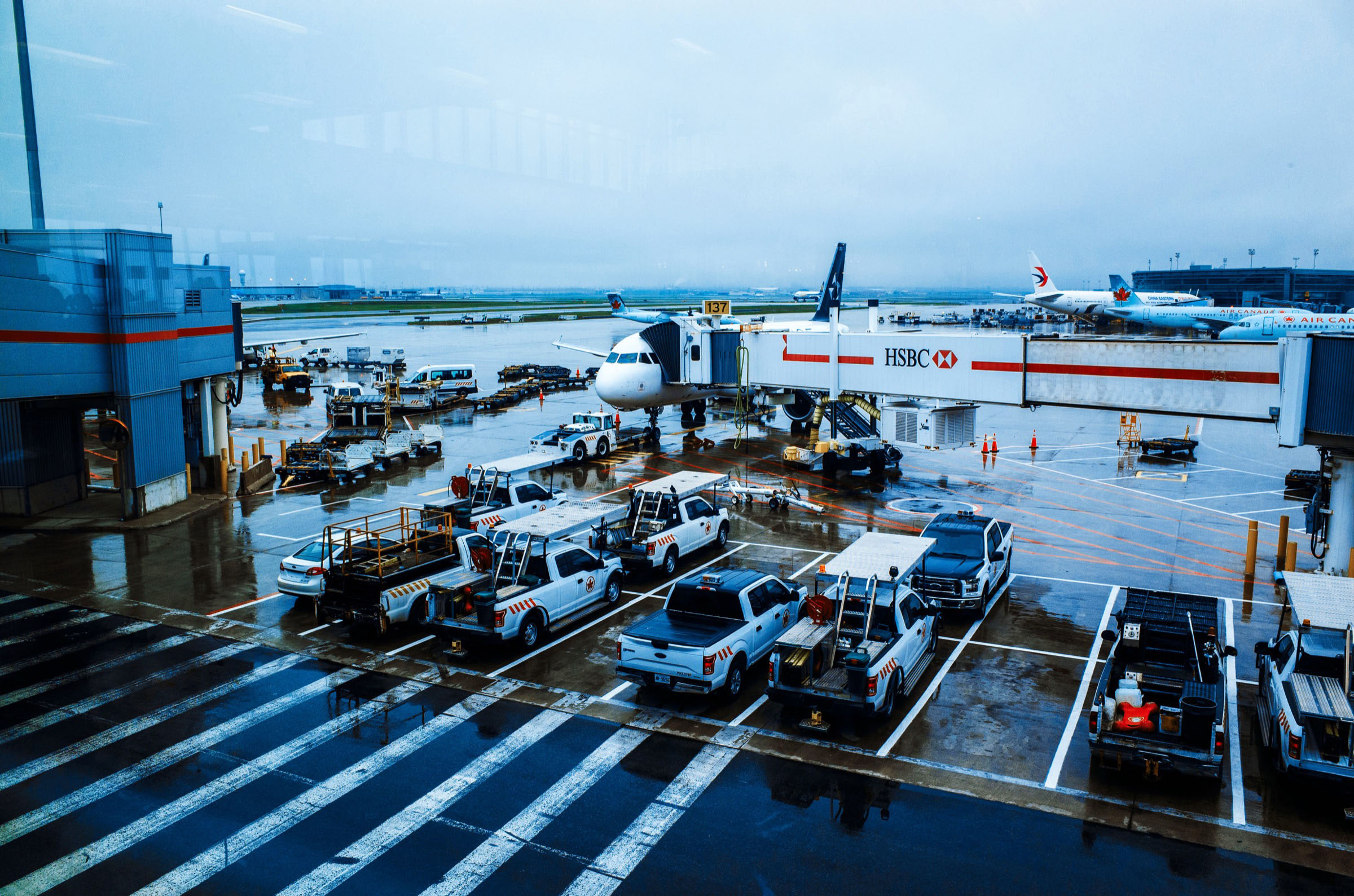
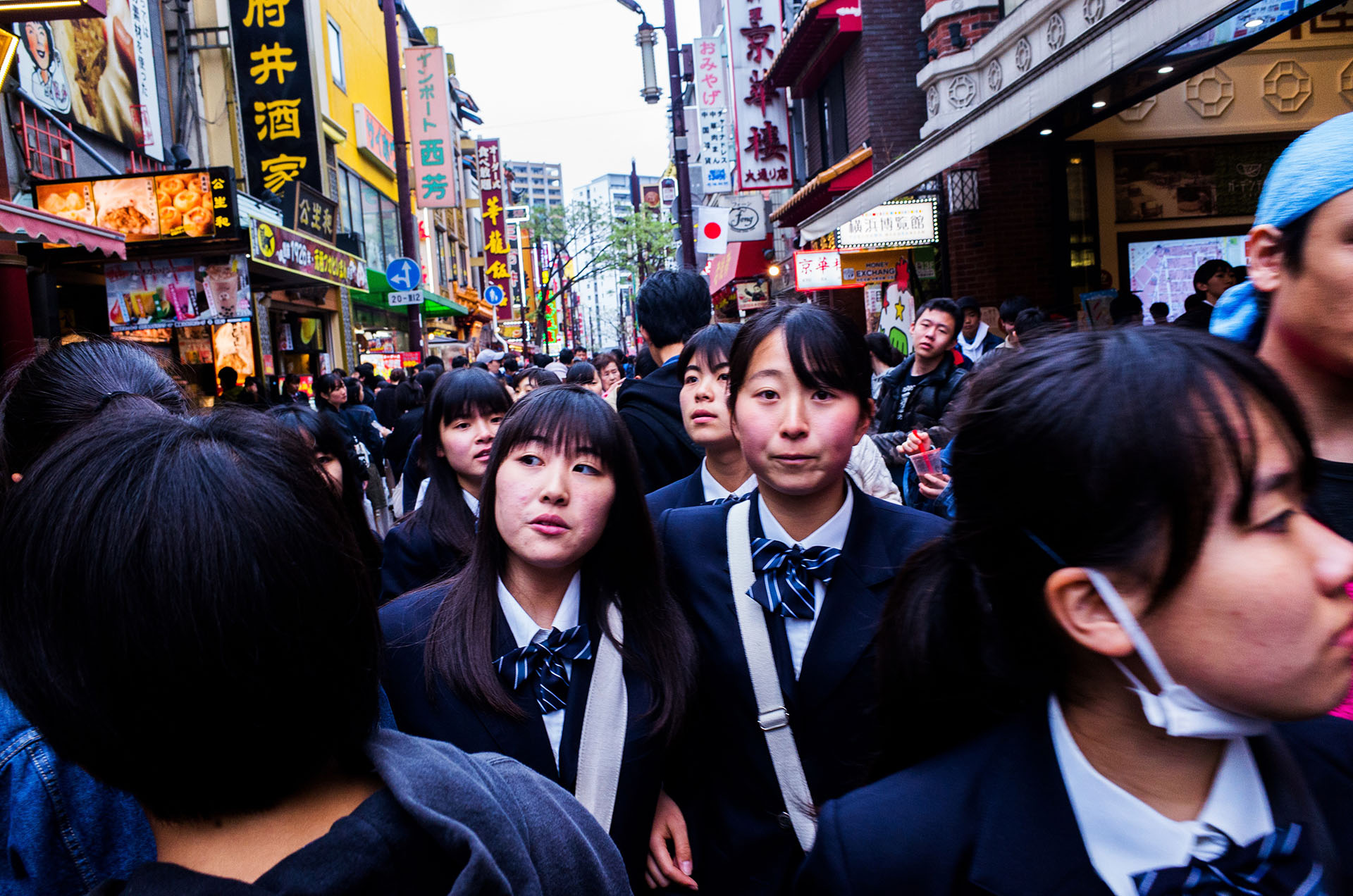






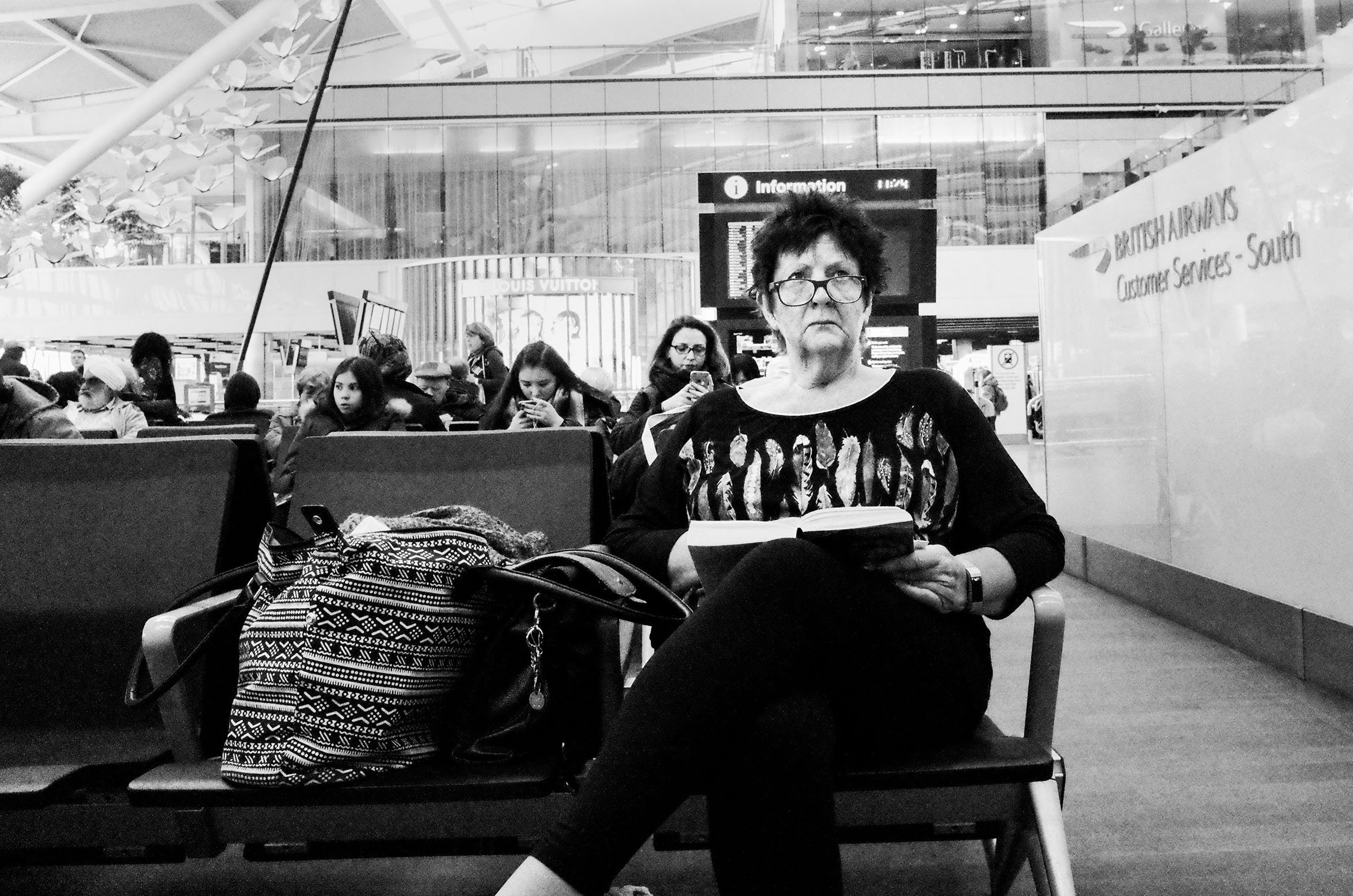
















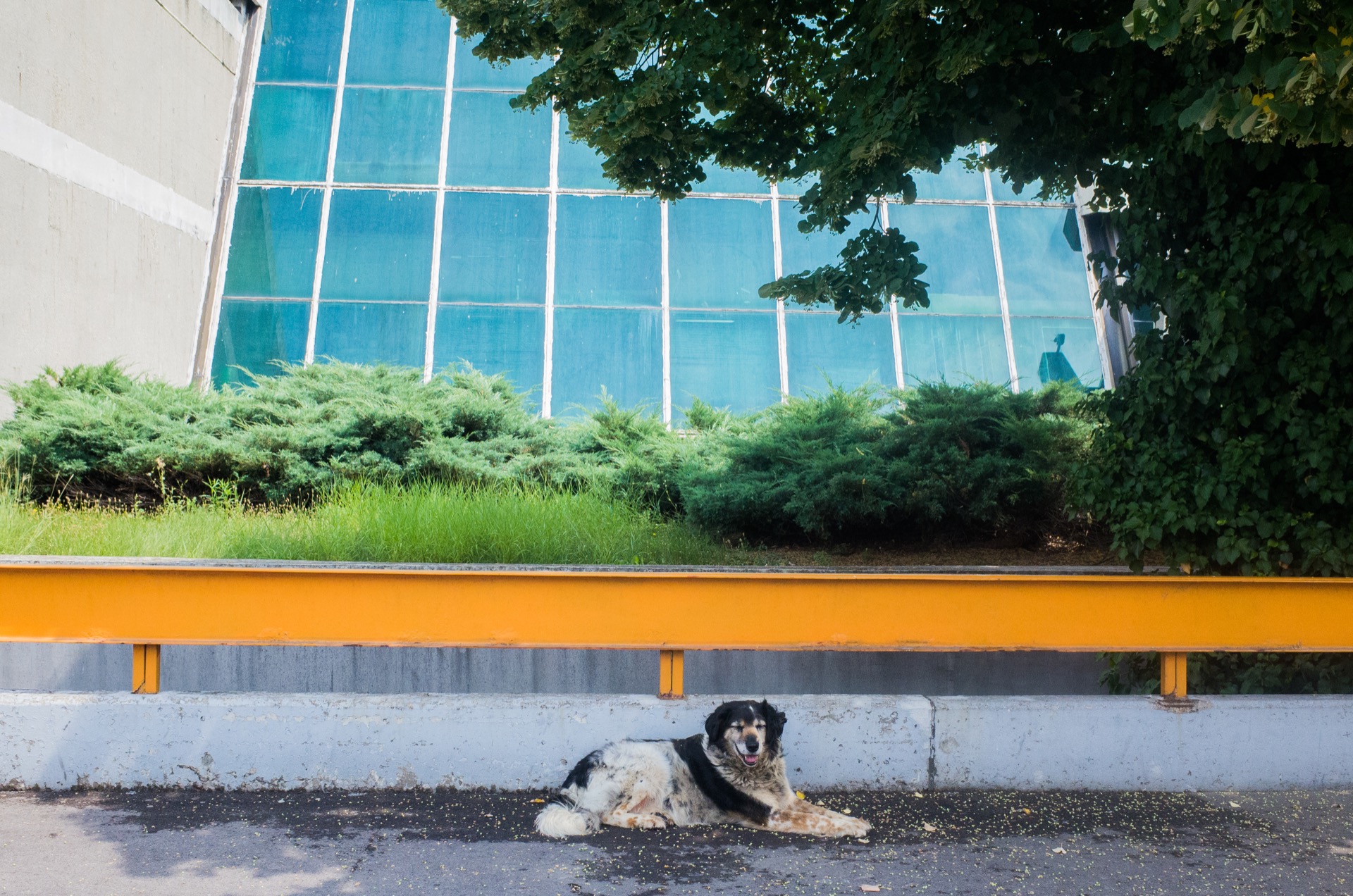



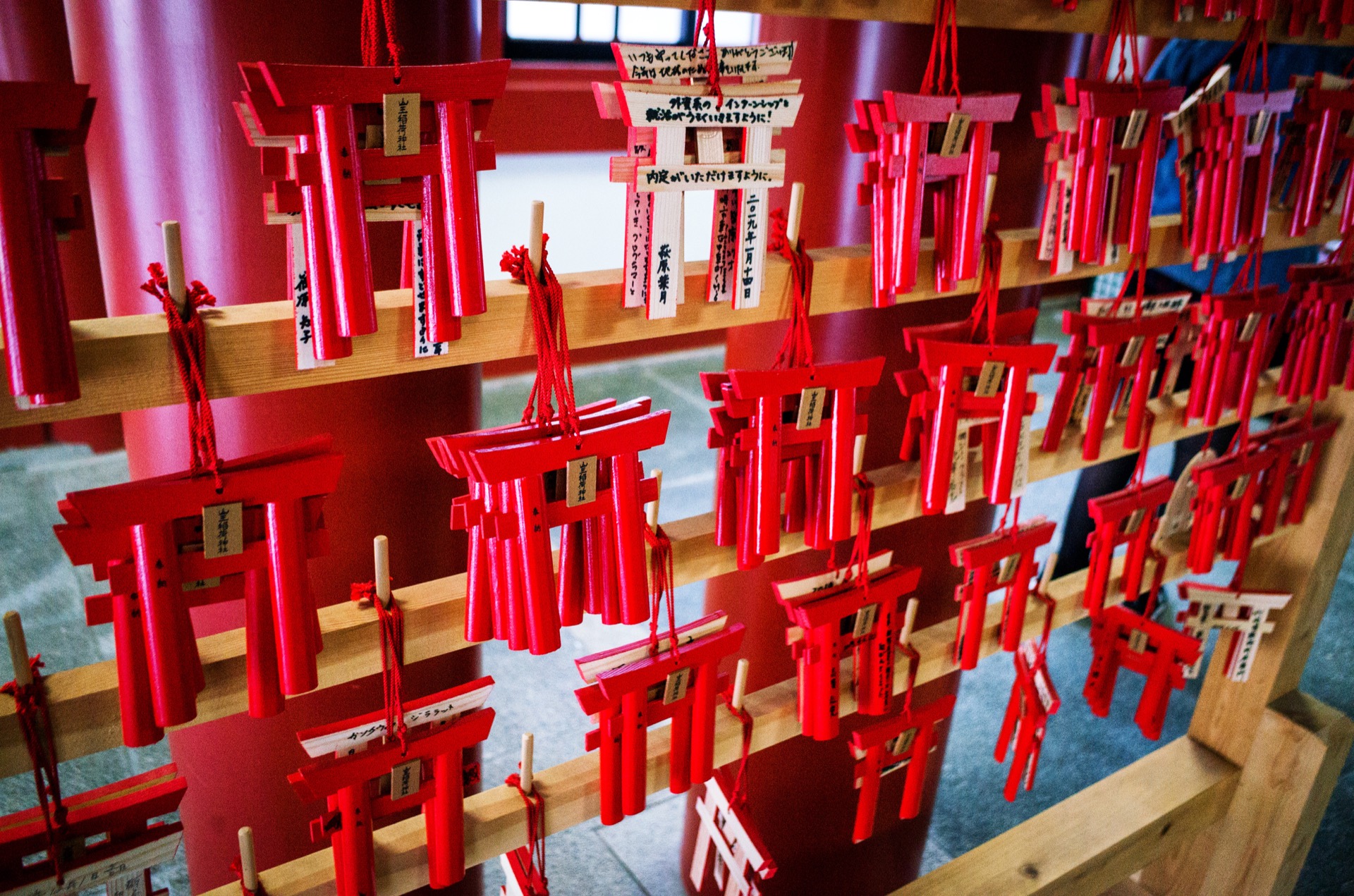



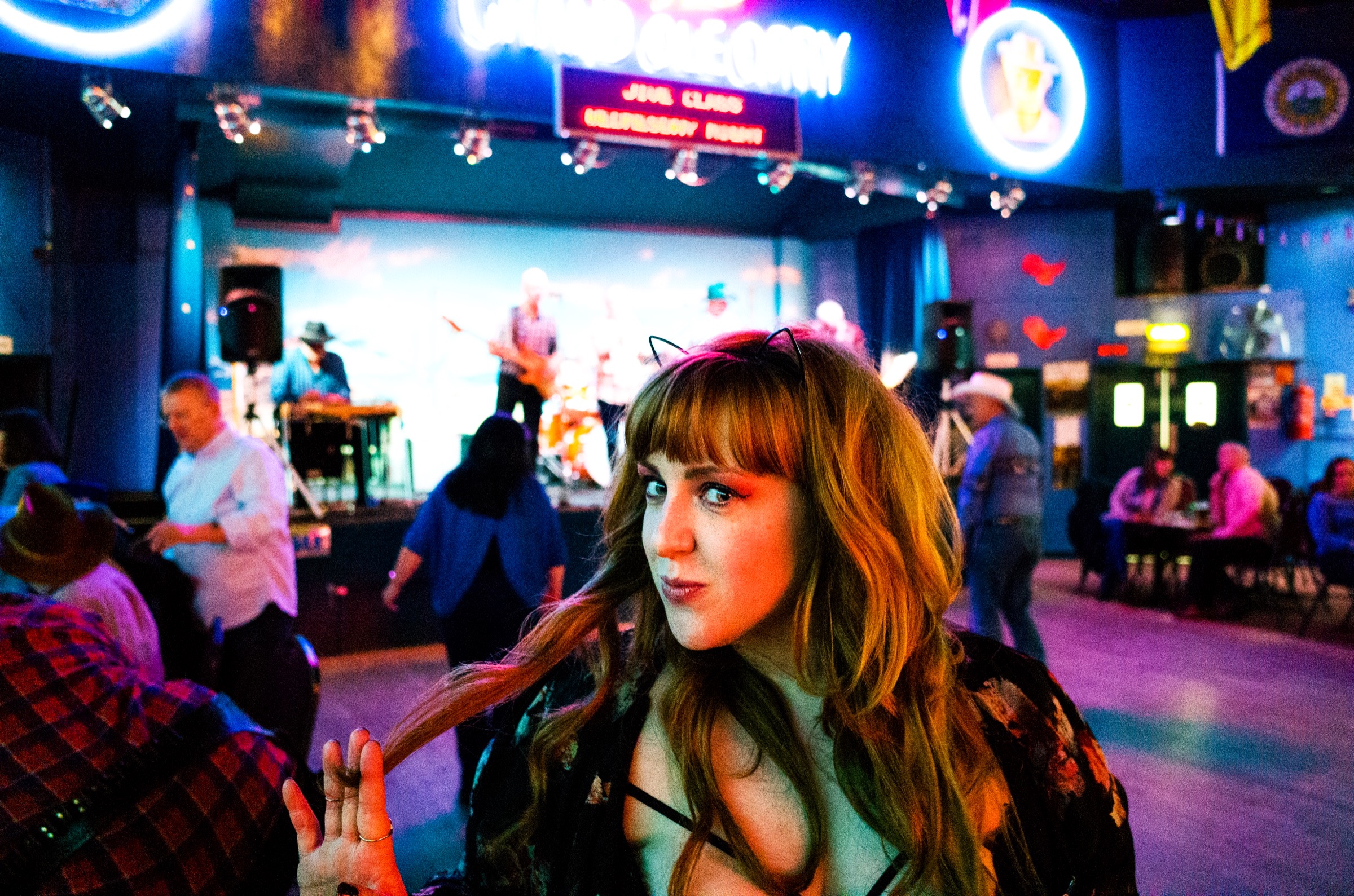
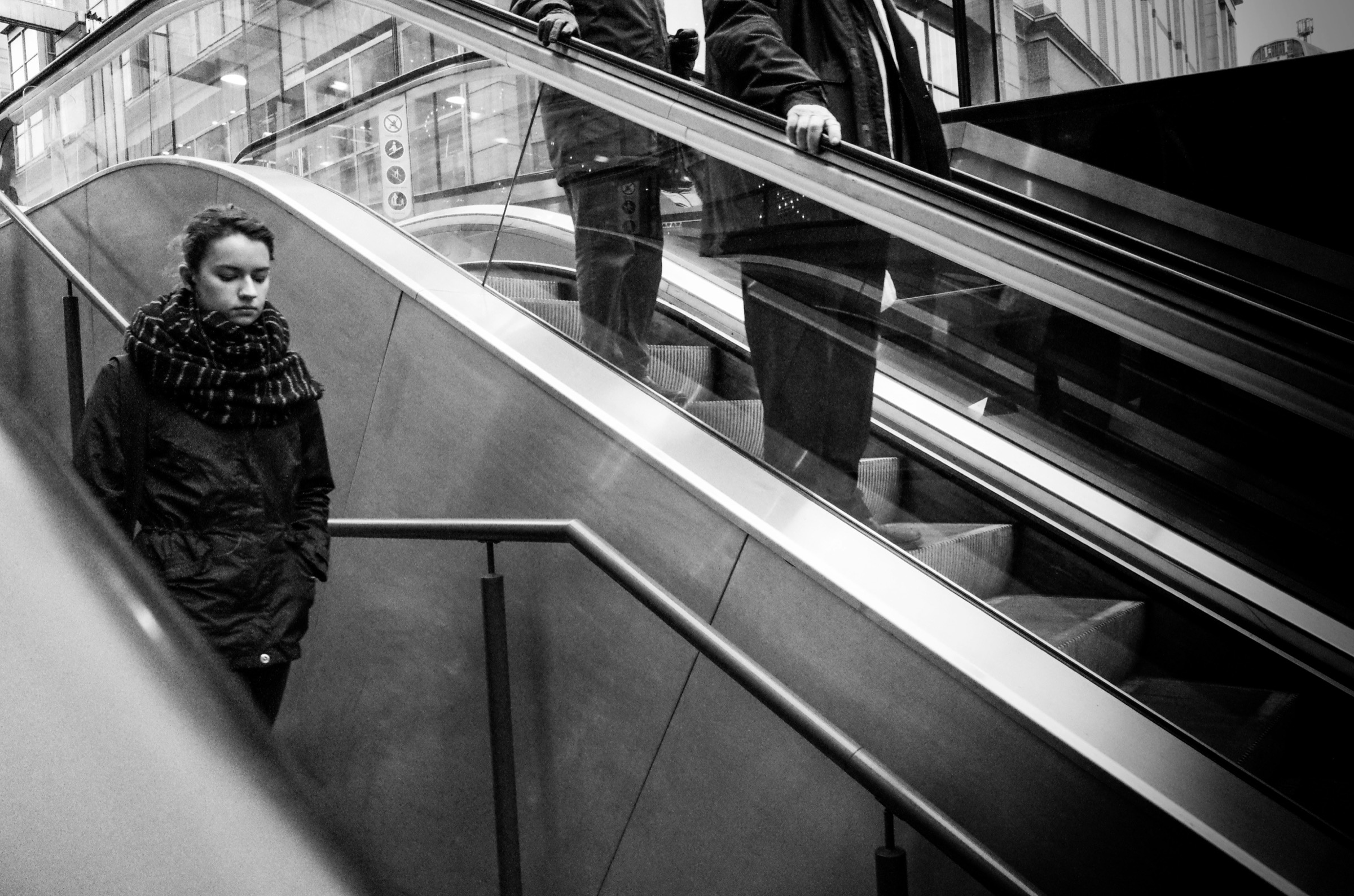







I LOVE that camera! It’s literally a DSLR in a compact’s body. I borrowed a GR II from a friend of mine a few years ago when I went to Rome because I didn’t want to lug around my bulky Canon EOS.
Also, how can you compare it to an 1″ sensor camera ;p
Aye! It’s great.
Very useful review Steve, and excellent pictures. In reading your recent Japan series I’m sure I saw/heard a Leica mentioned and assumed all the photographs were made with that. Great to see how much the Ricoh was used too. Do you do much processing with your colour images, and do you shoot RAW or are these JPEGs out of camera?
I’ve never tried this model, it’s still beyond my budget. I do have the GRD III though, which is one of the older models you mentioned. It’s not an APS-C sensor (I think it’s 1/1.7″) but I think it’s capable of fantastic results, and the 28/1.9 lens is a gem. Well worth checking out (there was a GRD IV too before the GR arrived) for those who can’t stretch to a GR. My GRD III cost £150 a couple of years ago.
I also have the even older GX100 which has a 24-72mm zoom lens. Not quite up there with the 28mm prime on the GRD, as you’d expect, but still very impressive, and physically the handling and size is very similar. The step zoom feature makes it very easy to use as a 24, 28, 35, 50 or 72mm lensed camera. Plus you can set it to remember the focal length when you turn it off. Most of the time I have it on 35mm, and essentially treat it like a 35mm prime lens, and it’s great for my needs – sometimes I find the GRD III a bit too wide at 28mm. Very handy 0.01m close focus too, like the GRD III. There’s also a 0.79x wide angle lens that makes it 19mm, when used at the widest 24mm setting on the camera. I use this on my GRD III sometimes too, making that 22mm. Which for me is super wide!
Oh there’s a GR 3 now, which you didn’t mention, but of course this is the most expensive of all, being the current model.
It was very helpful to have a comparison with the Sony RX100 too, I’ve been looking at these for years and the original model is more affordable now. Your comments on that camera have piqued my curiosity further! How do you find the handling of the RX100? My Ricoh GRD III is probably the best handling camera I’ve used, that curved rubber front grip is near perfect. The front face of the RX100 looks rather flat and small in that department in comparison, is it awkward/slippery to handle? Thanks!
Hey Dan! Thanks for reading, and for the comment 🙂
Cameras/Processing: Yeah! The Leica M is my main camera, but I have a Sony A7 that I use for portraits, as well as the Ricoh/RX100 for travel stuff (on digital anyway). Processing wise, I usually shoot RAW, though not on the Ricoh, due to the way multi-shot works. I import the shots into Lightroom first and do the base adjustments to contrast/saturation etc in there. I five star the ones I want to keep, and export them. Then I go through them again in Nik Software’s Viveza for the final adjustments to clarity/structure etc – as I like the way it renders better than Lightroom. I don’t tend to get into detailed processing because I find it really boring – so rarely/never mess around with split toning etc – usually just the main sliders.
GR III: My friend actually has one of these. The screen is much nicer on it than the GR II, but the body has been slimmed down a bit. This is good in some ways, but means it’s not as comfortable to hold in one hand as the previous models.
RX100 handling: I know what you mean about the handling of the GR/GRD. They feel great. Lightweight and easy to hold in one hand. As I mentioned above, the GR III isn’t as nice in that regard – closer to an RX100. The RX100 isn’t uncomfortable to hold – it’s just not as nicely balanced as the GR II is – especially with the lens out, and lacks the comfy grip. Hope that helps!
Thanks Steve, yes that’s very helpful.
I’m not keen on post processing either, and where I can, I set the camera up so I can use JPEGs straight out of camera. Works great for b/w with my Pentax Q and Lumix LX3, the Ricohs need a little extra contrast and tweak via Snapseed, which only takes a few seconds.
Colour is a much bigger challenge!
I really like the colours of your Ricoh shots, vivid but not overly saturated or too “digital”.
Think if I try an RX100 I might have to make a DIY grip. My Lumix LX3 is fanastic in many ways but the front is also quite flat, so I’ve fashioned a grip with foam tape and grip tape. Doesn’t look pretty but it makes it handle almost as well as the Ricohs…